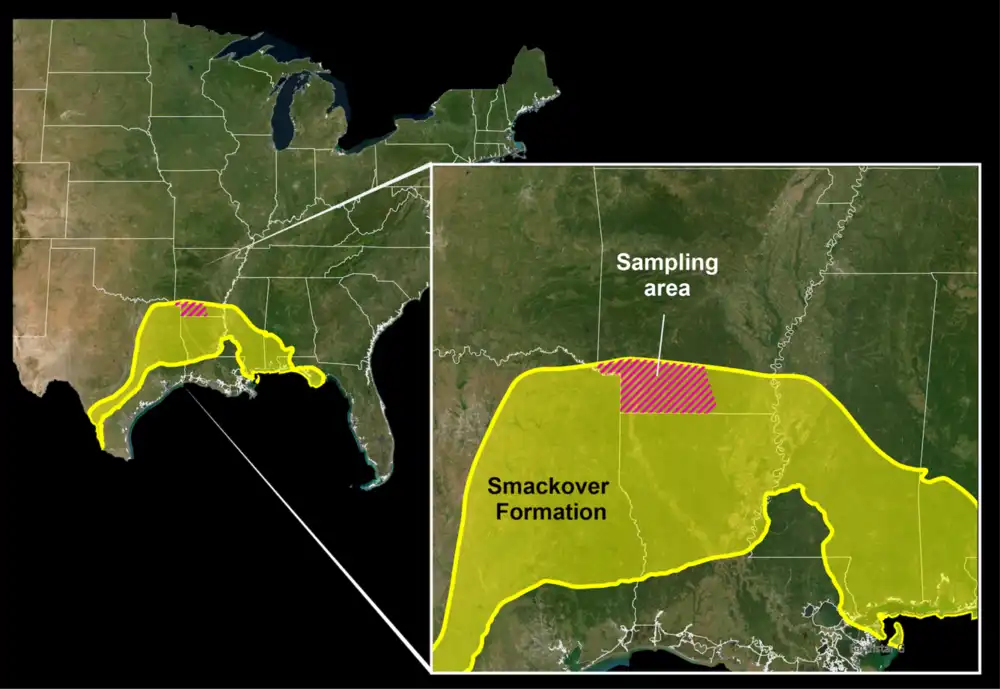Matty
Keto Life
- Since
- Jan 26, 2010
- Messages
- 54,369
- Score
- 9,292
- Tokens
- 50
lol, come on
look at it
look at it
Illinois...Indiana...there's lots.Oklahoma means "red people"
on Sunday WOK and I drove through 6 counties!After FW's post I started looking. Michigan has 83 counties.
Texas is the state with the most counties with 254.
Delaware the fewest with only 3.
Alaska doesn't have counties, they have boroughs and census zones. Alaska's census zones don't have any government of their own and they get their services (police/school etc) directly from the state.
New York City is so huge that the it has 5 counties within the City. The only place in the US that have counties within cities instead of cities within counties.
Louisiana has parishes instead of counties.
Loving County, Texas only has a population of 64, the smallest in the US.
Hawaii has 5 counties but it's really 4, the two big island Honolulu and Hawaii are each a county, and the other 2 the rest of the islands. The fifth county is an isolated by mountain peninsula in the island of Molokaʻi. The rest of the island belongs to the county of Maui but this little peninsula was used as a leper colony from the 1860s to the 1910s. It's the second smallest county by population with 82 and the smallest by area.
you know I appreciate the names, you know mei will name them

RESTON, Va. — Using a combination of water testing and machine learning, a U.S. Geological Survey-led study estimated between 5 and 19 million tons of lithium reserves are located beneath southwestern Arkansas. If commercially recoverable, the amount of lithium present would meet projected 2030 world demand for lithium in car batteries nine times over.
The study’s novel methodology, carried out collaboratively by the USGS and the Arkansas Department of Energy and Environment’s Office of the State Geologist, made it possible to quantify the amount of lithium present in brines located in a geological unit known as the Smackover Formation. Extracting lithium from brines co-produced during oil and gas operations provides an opportunity to extract a valuable commodity from what would otherwise be considered a waste stream.
The U.S. relies on imports for more than 25% of its lithium. The USGS estimates there is enough lithium brought to the surface in the oil and brine waste streams in southern Arkansas to cover current estimated U.S. lithium consumption. The low-end estimate of 5 million tons of lithium present in Smackover brines is also equivalent to more than nine times the International Energy Agency’s projection of global lithium demand for electric vehicles in 2030.